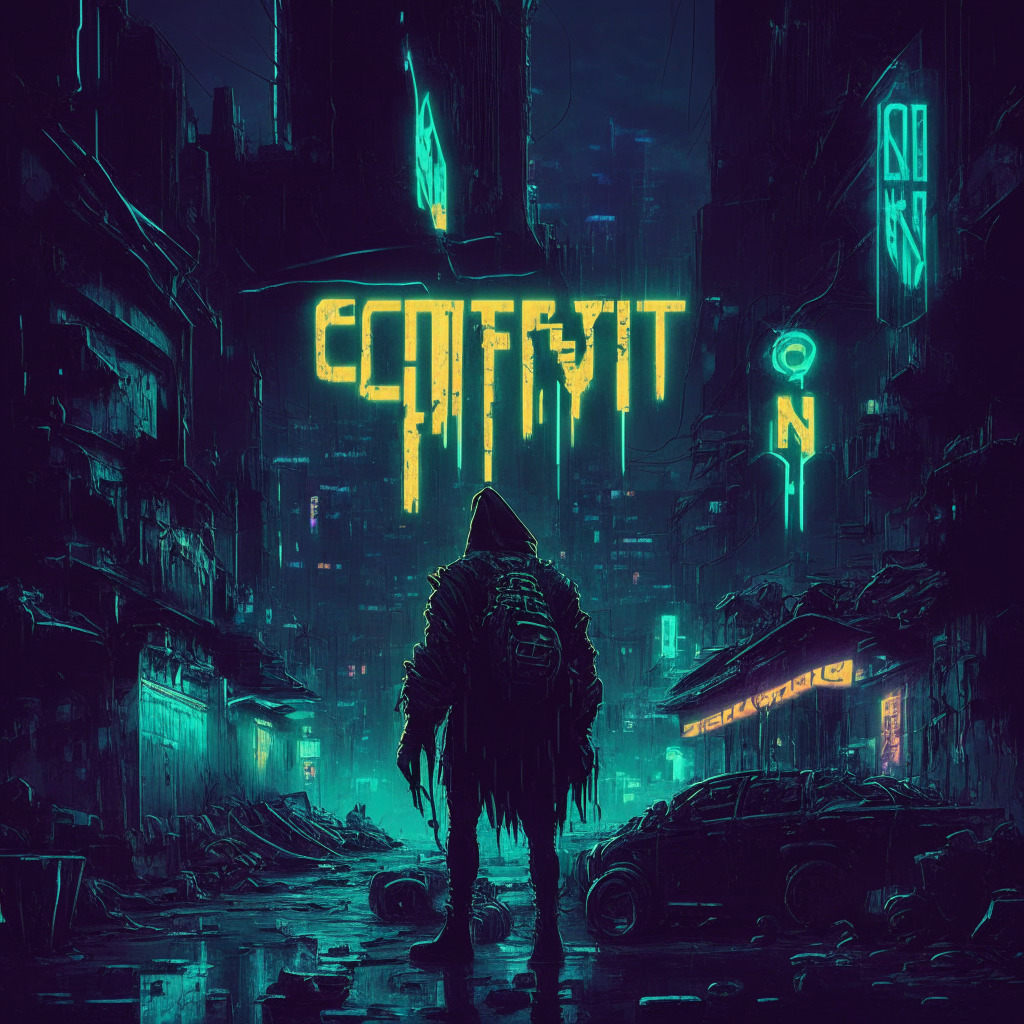The native token of CurveDAO and decentralized exchange (DEX) Curve Finance, CRV, noted a 3% increase on Thursday, yet it remains approximately 18.5% lower compared to its pre-Curve Finance hack figures. Over the past week, cybercriminals exploited a flaw in the Vyper programming language, resulting in a loss of around $52 million from various decentralized finance projects. Curve Finance was adversely affected, causing a major reduction in confidence in the formerly considered “secure” and “battle-tested” protocol.
Consequently, from the 30th of July till the 1st of August, the total value locked (TVL) in Curve Finance smart contracts plummeted by as much as $1.7 billion, dropping from nearly $3.77 billion to slightly over $2.0 billion. Simultaneously, Curve’s native CRV token value experienced a sharp decline of up to 35% from its pre-hacking levels.
In a fascinating twist, Curve Finance proposed a deal to the hacker using an on-chain message. The protocol offered the hacker a 10% bounty of the stolen funds in return, expressing that they would not pursue the matter further or involve law enforcement if the funds were returned by the 6th of August. Post this deadline, the 10% becomes a bounty for any individual who provides information leading to the hacker’s arrest. The consequences of this incident may have ripple effects on the market, especially if founder Michael Egorov’s massive CRV holdings face a potential liquidation.
Egorov, reportedly borrowed a whopping $80 million against his CRV holdings from various decentralized finance lending/borrowing protocols like Aave. Following a strategic over-the-counter sale of some of his CRV tokens, he managed to recover nearly $29 million. However, the domino effect of this move may wreak havoc on the CRV market.
As traders keep close tabs on potential liquidation level near $0.368, concerns arise regarding Aave’s ability to cope with the sell pressure generated from liquidating Egorov’s collateral. On top of existing challenges, CRV is struggling with technical hardships too, currently trading significantly below its major moving averages amidst a prominent long-term downtrend. A trial of 2022 lows around $0.40 could soon be on the cards.
While CRV wrestles with its challenges, potential investors might wish to explore crypto presales, a high-risk-high-reward strategy involving early purchases of upstart crypto project tokens. Despite the obvious risks, there is a potential for substantial returns to early backers given the right project. New, innovative crypto applications/platforms remain a lucrative investment option with promising risk/reward considerations. As the world of crypto continues to evolve, smart and informed investments are the keys to success.
Source: Cryptonews




